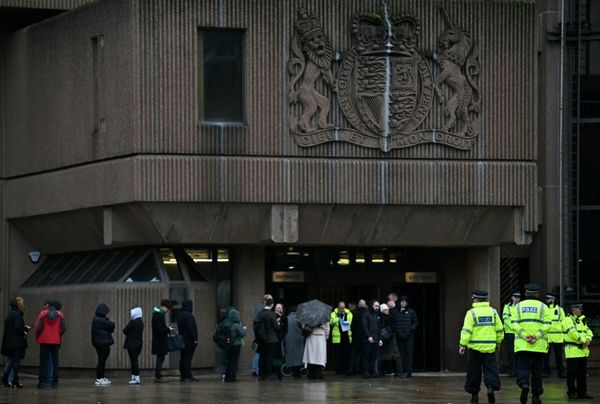
Australia’s greatest climate criminal, Woodside, has doubled its carbon emissions in the past two years, and increased by more than 10% the emissions intensity of the energy it produces, the company admits in its latest performance report.
The downstream “scope 3” emissions from its fossil fuels — emissions from the use of the fossil fuels it exports — were calculated by the company at 35.6 megatonnes of CO2-equivalent (CO2-e) back in 2021. Last year, scope 3 emissions exceeded 71 megatonnes, the company’s “climate report” revealed this week. And the overall carbon emissions intensity of the energy Woodside sold rose by 12% to 65 grams CO2-e per megajoule.
Against this doubling of emissions, Woodside is promising to abate just 5 megatonnes of scope 3 CO2-e by 2030 — a net reduction of just 7% of its total, or less than half of the increase between 2022 and 2023. The company has no actual target in relation to its scope 3 emissions — those 5 megatonnes may end up being abated against hundreds of megatonnes of scope 3 emissions if Woodside continues its spree of opening new gas fields with the encouragement of the federal government.
That’s not the end to Woodside’s climate nonsense, however. Its scope 3 abatement targets include discredited carbon capture technology, which it repeatedly spruiks in its climate report. The company claims it is “evaluating”, “investigating”, “aiming to accelerate” and “modelling” a range of carbon capture technologies, despite the repeated failure of carbon capture and storage in even the easiest and most straightforward of circumstances.
Despite this record of failure, Woodside claims “CCS is a mature technology which represents a proven solution to abate large-scale industrial emissions”. Remarkably, it groups carbon capture with wind technology:
We acknowledge that not everyone shares our views, for example about the role of natural gas in the energy transition, just as some people will debate the desirability of nuclear power, wind farms or carbon capture.
Woodside claims to “align its advocacy to support the goals of the Paris Agreement”, although nowhere does it explicitly claim its operations are consistent with limiting global temperature increases to well below 2°C or with efforts to limit temperature increase to 1.5°C. Doubling emissions — even in a fantasy world where carbon capture actually works — is consistent only with a dramatic increase in global temperatures.







